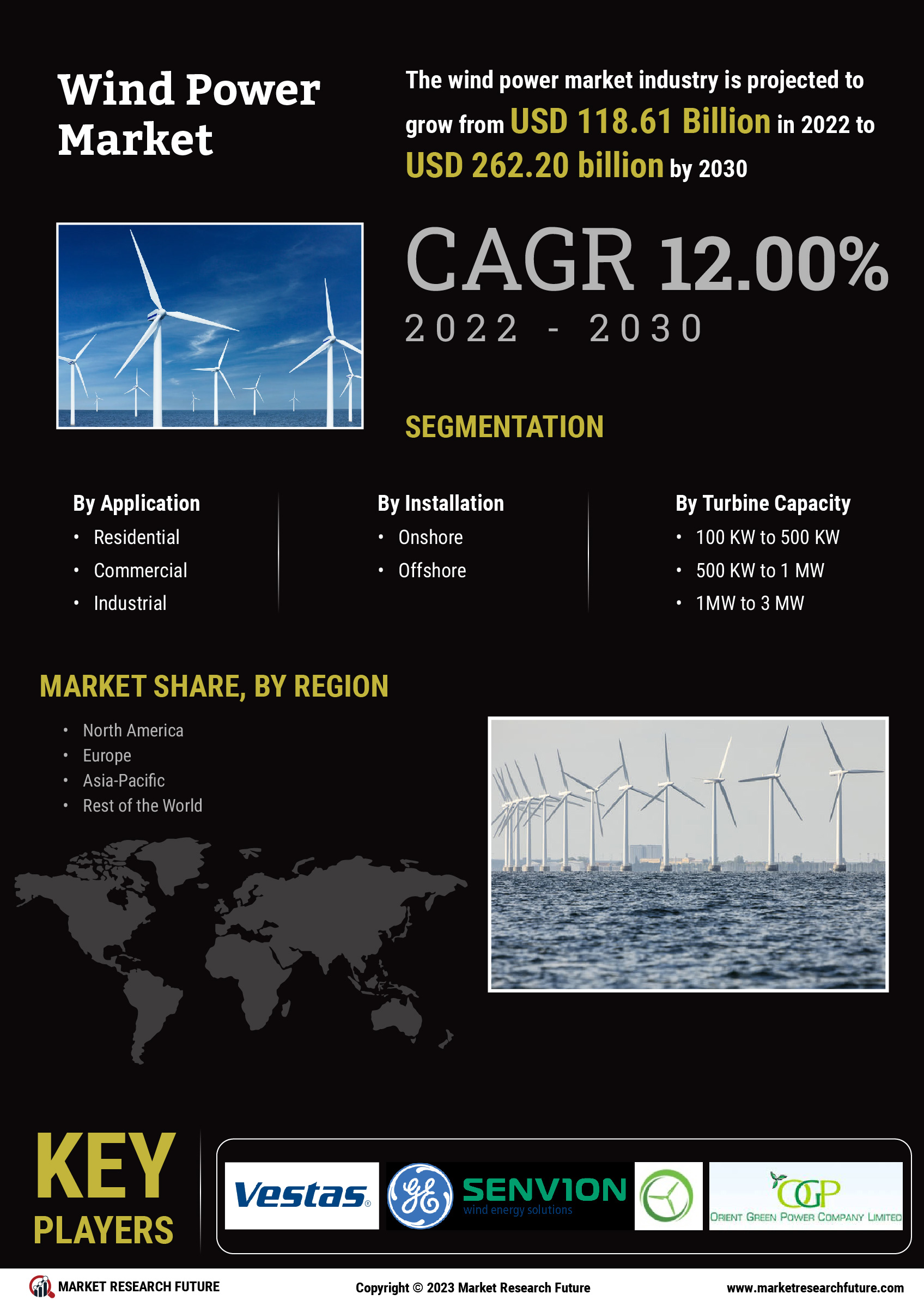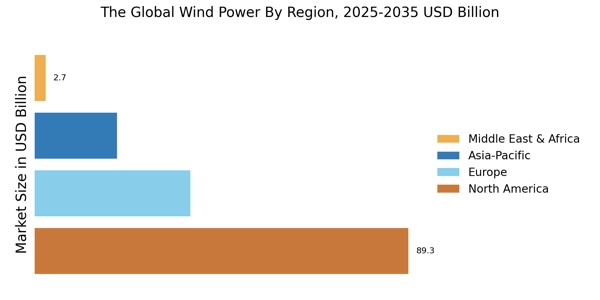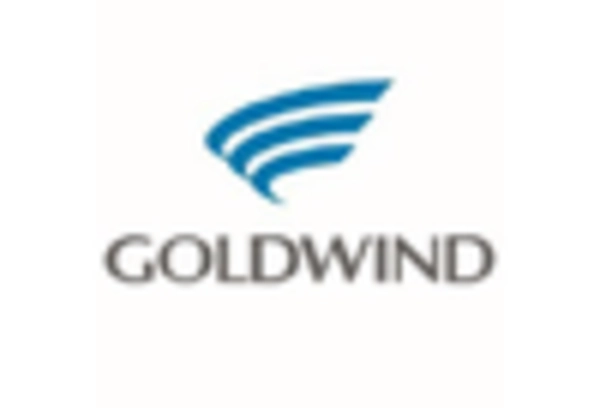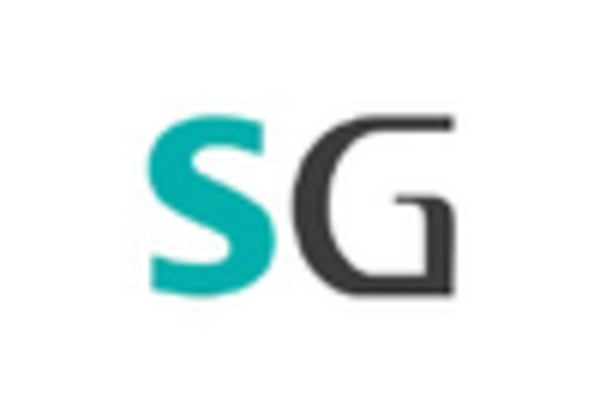Rising Energy Demand
The increasing The Global Wind Power Industry. As populations grow and economies develop, the need for sustainable energy sources becomes more pressing. In 2023, global energy consumption rose by approximately 5%, with renewable sources, particularly wind power, accounting for a substantial portion of this increase. This shift indicates a growing recognition of the need for cleaner energy alternatives. Wind power, being one of the most cost-effective renewable sources, is expected to play a pivotal role in meeting future energy needs, thereby driving further investments and advancements in the sector.
Technological Innovations
Technological innovations are transforming the landscape of The Global Wind Power Industry. Advances in turbine design, materials, and energy storage solutions have led to increased efficiency and reduced costs. For example, the development of larger and more efficient turbines has enabled wind farms to generate more electricity with less environmental impact. In 2023, the average capacity of newly installed wind turbines reached 3.5 MW, a notable increase from previous years. This trend suggests that ongoing research and development will continue to enhance the viability of wind energy, making it a more attractive option for energy producers and consumers alike.
Corporate Social Responsibility
Corporate social responsibility (CSR) initiatives are increasingly influencing The Global Wind Power Industry. Many corporations are committing to sustainability goals, which often include transitioning to renewable energy sources. In 2023, a survey indicated that over 60% of large corporations planned to invest in renewable energy projects, with wind power being a preferred choice due to its scalability and reliability. This corporate shift not only enhances brand reputation but also aligns with global efforts to combat climate change. As more companies adopt wind energy solutions, the demand for wind power is expected to rise, further propelling market growth.
Government Policies and Incentives
Government policies and incentives play a crucial role in shaping The Global Wind Power Industry. Many countries have implemented favorable regulations and financial incentives to promote renewable energy sources. For instance, tax credits, feed-in tariffs, and renewable energy certificates are commonly used to encourage investment in wind energy projects. In 2023, it was reported that countries with robust policy frameworks saw a 20% increase in wind power installations compared to those with less supportive policies. This trend suggests that as governments continue to prioritize clean energy, the market for wind power is likely to expand significantly, attracting both domestic and foreign investments.
Environmental Concerns and Climate Change
Environmental concerns and the urgent need to address climate change are driving The Global Wind Power Industry. The increasing frequency of extreme weather events and rising global temperatures have heightened awareness of the impacts of fossil fuel consumption. In 2023, it was reported that countries aiming to meet their climate targets are increasingly turning to wind energy as a viable solution. The International Energy Agency projected that wind power could contribute to over 30% of global electricity generation by 2030. This potential indicates a strong market trajectory as nations strive to reduce greenhouse gas emissions and transition to cleaner energy sources.


















Leave a Comment